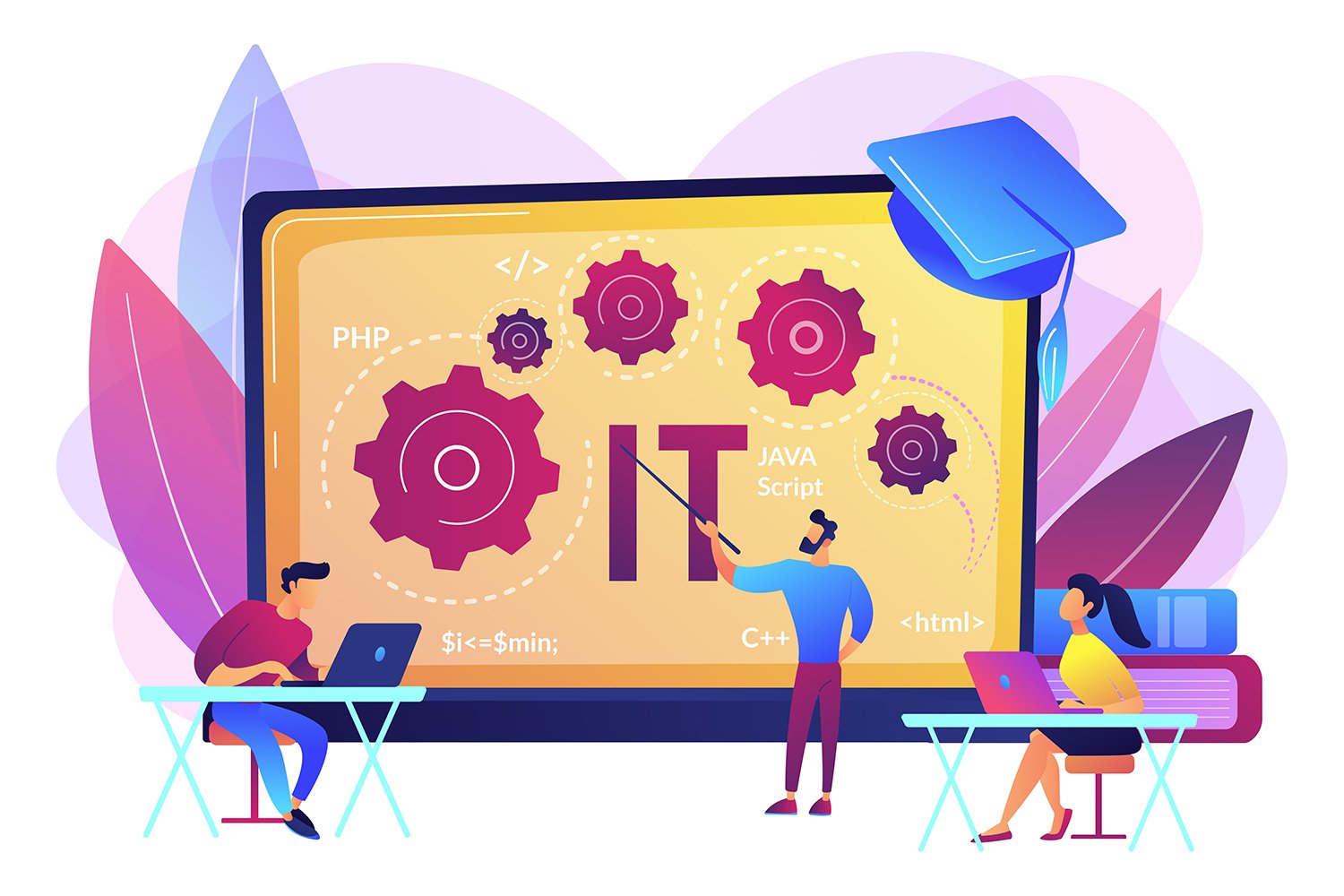Programming languages are formal systems of rules and syntax used by humans to communicate instructions to computers. They serve as the medium through which software developers and programmers write, design, and create computer programs and applications. These languages are designed to be easily readable by humans while also being structured and precise enough for computers to understand and execute.
Key characteristics and components of programming languages include:
Syntax: Programming languages have specific rules for how code should be structured. These rules include conventions for declaring variables, defining functions, and controlling program flow (e.g., if statements and loops).
Semantics: Programming languages define the meaning or behavior of various elements in code. This includes how data types are used, how operations are performed, and how functions or methods behave.
Keywords and Identifiers: Programming languages often include reserved words or keywords (e.g., “if,” “for,” “while”) with specific meanings. Identifiers are names given to variables, functions, classes, or other elements created by the programmer.
Data Types: Programming languages support various data types, such as integers, floating-point numbers, strings, and more complex types like arrays, lists, and objects. These data types determine how data is stored and manipulated in a program.
Variables and Constants: Programmers use variables to store and manipulate data during program execution. Constants are values that remain unchanged throughout the program’s execution.
Operators: Programming languages provide operators for performing operations on data. Common operators include arithmetic operators (+, -, *, /), comparison operators (==, !=, >, <), and logical operators (&&, ||, !).
Control Structures: Programming languages offer control structures that determine the order of execution in a program. These include conditional statements (if, else), loops (for, while), and branching (switch-case).
Functions and Methods: Functions (or methods, in object-oriented languages) are reusable blocks of code that perform specific tasks. They allow for modular and organized code.
Libraries and Frameworks: Many programming languages come with libraries and frameworks that provide pre-written code and functionality to simplify common tasks, such as handling user interfaces, database access, or networking.
Debugging and Error Handling: Programming languages often include features for debugging code and handling errors or exceptions that may occur during execution.
Some popular programming languages include:
Python: Known for its readability and simplicity, Python is used for web development, data analysis, artificial intelligence, and more.
JavaScript: A versatile language primarily used for web development to create interactive and dynamic websites.
Java: A widely used language for building cross-platform applications, including web applications, Android apps, and enterprise software.
C++: A powerful language often used in systems programming, game development, and embedded systems.
C#: Developed by Microsoft, C# is used for Windows applications, game development (Unity), and web services.
Ruby: Known for its elegant and concise syntax, Ruby is often used in web development, with the Ruby on Rails framework being popular.
Swift: Apple’s programming language for iOS and macOS app development.
PHP: A server-side scripting language used for web development and dynamic web page creation.
SQL: A domain-specific language for managing and querying relational databases.
Different programming languages are suited to different tasks, and the choice of language often depends on factors such as project requirements, performance needs, and personal preference of the developer or team. Programmers select the language that best fits the goals of their project and their familiarity with its syntax and libraries.

